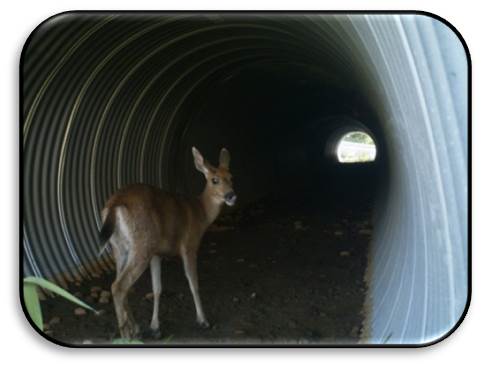
As people drive the South Fraser Perimeter Road (SFPR) from Surrey to Delta, a whole other world is unfolding around them. Creatures like otter, deer, mink, waterfowl, nesting birds, turtles and coyotes are going about their daily lives seeking food, raising their young and bedding down for some rest.
That’s because when we developed the SFPR, to enhance mobility and safety for people, we worked hard to minimize disruptions for other living beings – like birds, wildlife and fish.
Animals (like people) move about in their daily business, so during the SFPR’s project design, we looked at where creatures travelled within the area. Then we created or maintained connections for animals to travel to their various habitats. In total, we built 80 fish and wildlife crossings (mostly culverts) below the 40-kilometre SFPR corridor, to keep animals off the road and safe from traffic.
Motion-sensors, time-lapse cameras and “track pads”, record the types of species using the crossings. We’re seeing that the passages are being used regularly, providing safe and approachable routes under the SFPR.
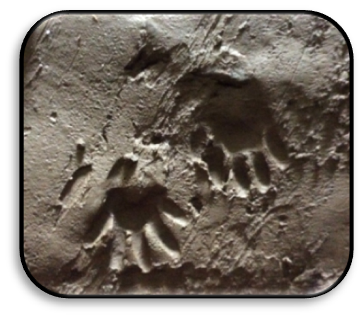
Home Sweet Home
Some animals now have new or enhanced habitat, after more than 50 fisheries and wildlife sites were designed and constructed along the 40-kilometre corridor. These areas include enhanced or newly-created areas for resident fish, passable culverts and rearing ponds for salmon, breeding ponds for amphibians, nesting areas and forage habitat for waterfowl, boxes for bats, and nest boxes and tree cavities for perching birds. We planted some additional native vegetation to make the areas extra homey, and we’re pleased that our monitoring shows fish and wildlife are doing well in their upgraded surroundings.
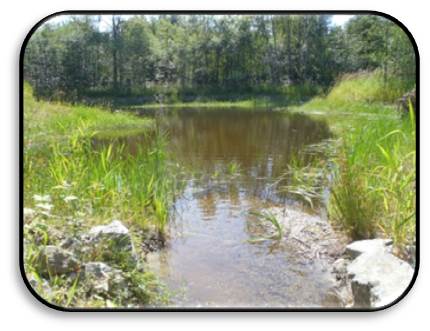
Burns Bog Enhancement
Burns Bog is a vital stopover for about 400 species of migratory birds, and at 40 square kilometres, it’s the largest raised peat bog on the West Coast of North America.
We wanted to reduce the SFPR’s potential impact on all the temporary and full-time animal residents of Burns Bog, so we sought ways to maintain the bog’s water balance and encourage preservation of the ecosystem. Following extensive consultation, design and engineering efforts, we installed protective berms, water-control gates and one-way culverts to keep acidic “bog water” in the bog, while restricting mineralized river and runoff water from going into the bog. “Non-bog” water draining into Burns Bog has now been reduced by 90 per cent, supporting the ecosystem’s ability to sustain the many animals (some rare and endangered) that use the bog. The changes also provide long-term protection from future nearby developments.
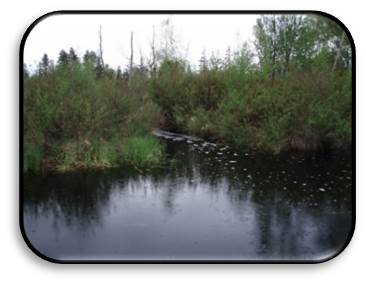
So next time you’re driving along the SFPR, think of the activities of your day, and how all around you, your fellow creatures are going about their lives.
Like roads, we are all connected.
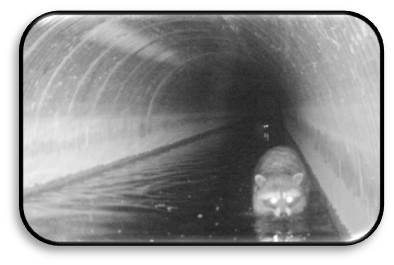
Join the discussion